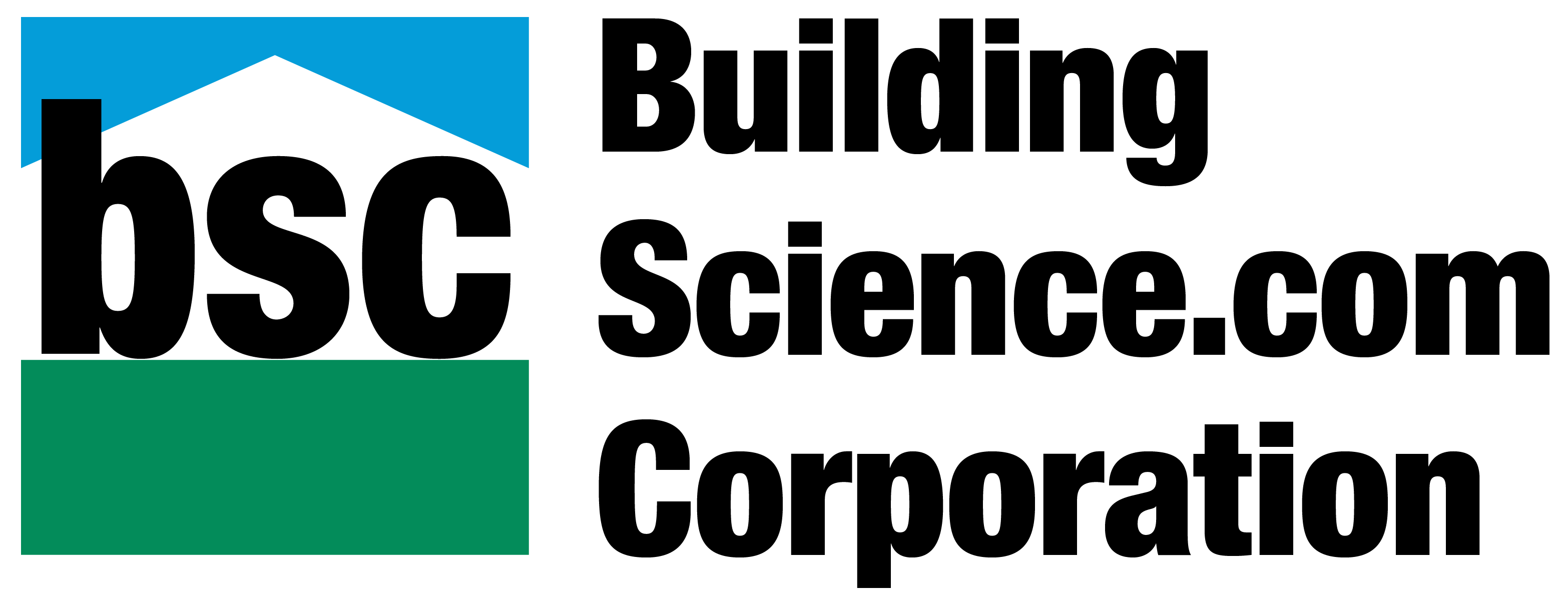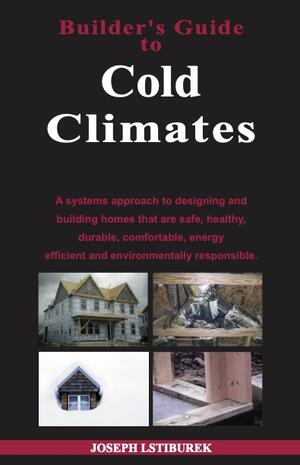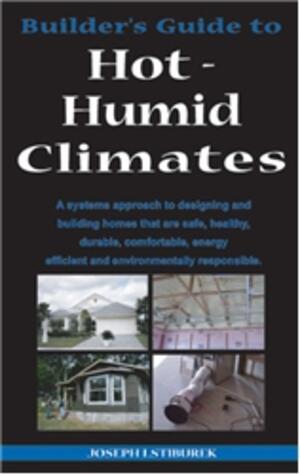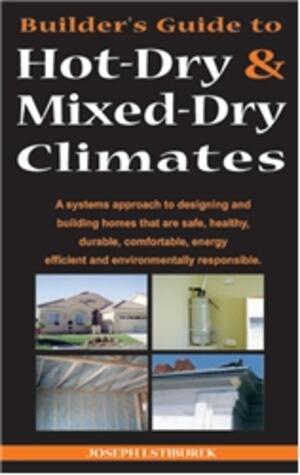Please follow the link to Amazon, where you can purchase the book. https://a.co/d/brQNq7z
Building Science for Building Enclosures, Second Edition is an indispensable resource tailored for building professionals and students, including engineers, architects, and technical specialists involved in the design, construction, maintenance, repair, and renovation of buildings and their enclosures. This advanced text focuses on predicting and understanding the hygrothermal (heat, air, and moisture) response of building enclosures, such as walls, windows, roofs, and below-grade construction.
While the book covers common topics like the "Perfect Wall", the fundamental enclosure control layers, and calculating enclosure R-values, it also covers more advanced concepts, making it a comprehensive guide for students, novices, and experienced professionals. Some of the advanced topics include:
- Thermal Bridging: Understand the principles and impacts of thermal bridging on building performance.
- Surface Temperatures and Condensation: Learn to predict surface temperatures and manage surface and interstitial condensation.
- Interstitial Condensation: Master the science behind air leakage and vapor diffusion condensation within building enclosures.
- Moisture Physics: Gain insights into the moisture physics underpinning models such as WUFI, a widely used hygrothermal modeling tool.
- Air Pressure: Study complex air pressure patterns in buildings and their implications for enclosure performance.
- Air Barriers and Airtightness: Master both the science and practise of control air flow within (convective looping, windwashing) and through (aka leakage).
- Rain Penetration Control: Learn about this critical topic via extensive coverage on controlling rain penetration, testing, mechanisms, and driving rain load prediction.
The text transitions from fundamental physics and material science in earlier chapters to practical applications suitable for all climate regions. It includes worked example calculations of heat flow, vapor diffusion, air leakage condensation, and drying through building enclosures. These explanations and examples are enriched by the authors' combined professional enclosure consulting experience of over 50 years.
The second edition has been significantly expanded, with over 200 additional pages of information, many new and updated drawings, and hundreds of new references. While the text primarily uses SI units, it provides all necessary conversion factors and includes some I-P units for convenience.
Key Features:
- Comprehensive Coverage: From basic principles to advanced applications, this book covers a wide range of topics essential for understanding building enclosure performance.
- Practical Examples: Worked example calculations help readers apply theoretical knowledge to real-world scenarios.
- Expert Insights: Benefit from the authors' extensive experience in enclosure consulting and forensic investigations, ensuring practical and relevant information.
- Updated Content: The second edition includes new drawings, references, and expanded content, making it a valuable update for those who own the first edition.
Whether you are a seasoned professional looking to deepen your understanding or a student eager to learn, Building Science for Building Enclosures, Second Edition is an essential addition to your library. It equips you with the knowledge and tools needed to design, analyze, build, inspect, and repair modern building enclosures.
Please follow the link to Amazon, where you can purchase the book. https://a.co/d/brQNq7z
Books
Builder's Guide to Cold Climates
After two decades Joseph Lstiburek has re-written and updated the classic “Builder’s Guide to Cold Climates. It belongs in every builder’s, architects, contractors and code officials library. It covers the principles and practices of residential construction. It includes all of the revolutionary changes to construction since the the first energy crisis…advanced framing, unvented-conditioned attics and crawlspaces, ICF construction, SIP construction, spray polyurethane foam, continuous exterior insulation, externally/internally insulated basements and slabs, frost protected foundations, double wall construction, controlled ventilation systems - ERV’s vs HRV’s, case studies, net zero assemblies and more in a guide with over 450 full color figures and tables in 23 chapters and 460 pages from a world renowned expert.
Builder's Guide to Hot-Humid Climates
The Builder's Guide will provide the building industry with the latest and best practical information on how to apply building science principles to structures as systems in hot-humid climate regions.
Builder's Guide to Hot-Dry & Mixed-Dry Climates
The North American Hot-Dry & Mixed-Dry Climate edition of the Builder's Guide now provides the building industry with the latest and best practical information on how to apply building science principles to structures as systems with revised sections on: Foundations, Walls, Roofs



